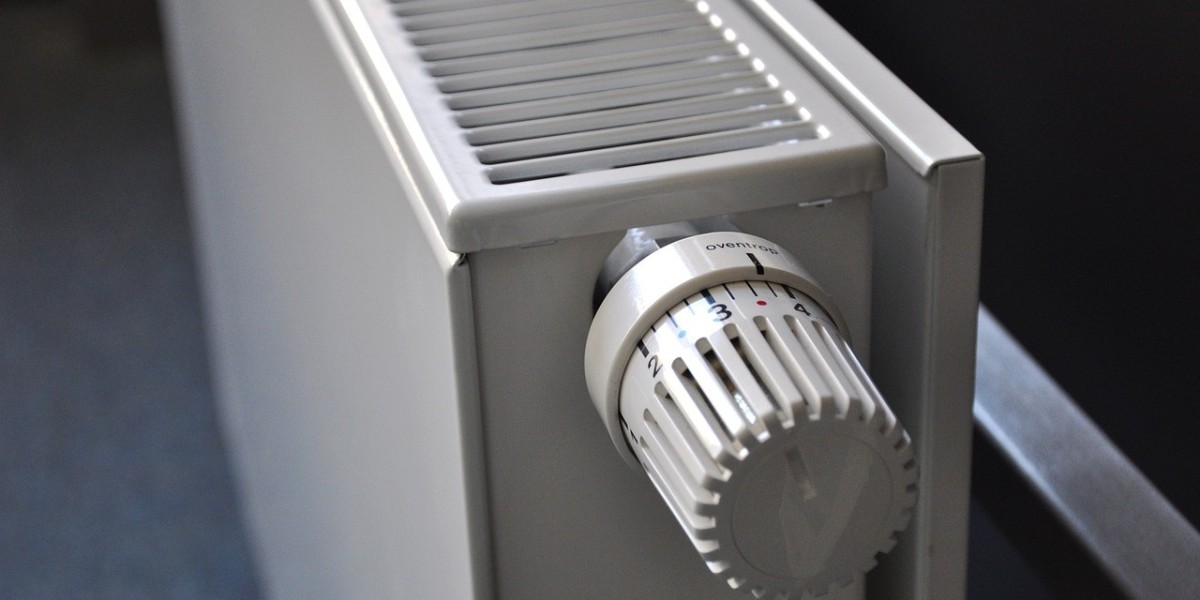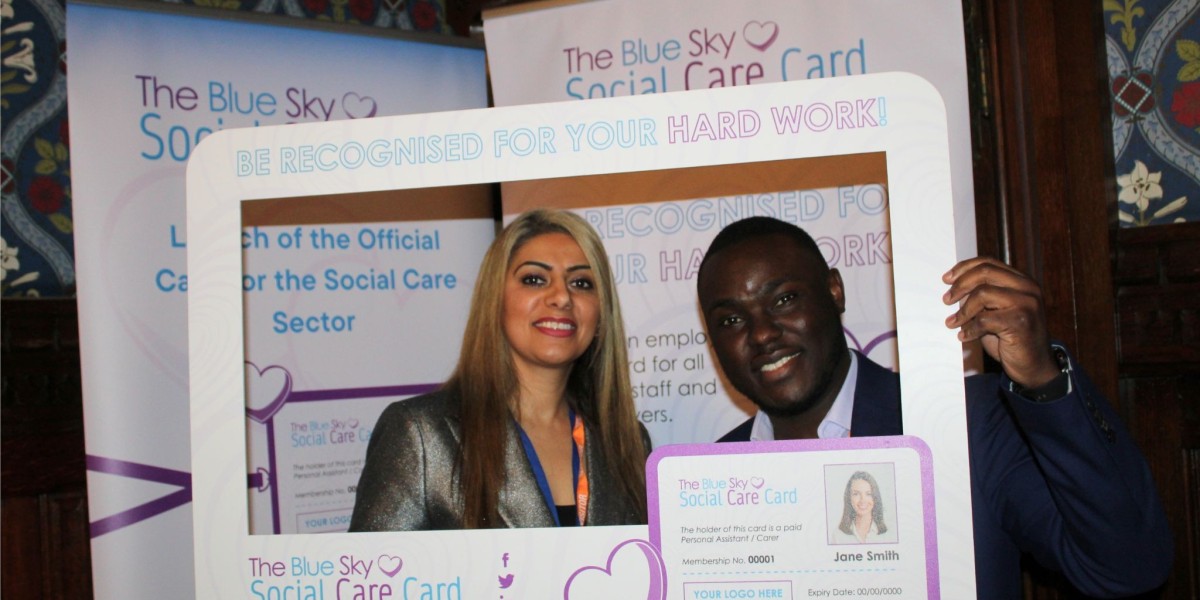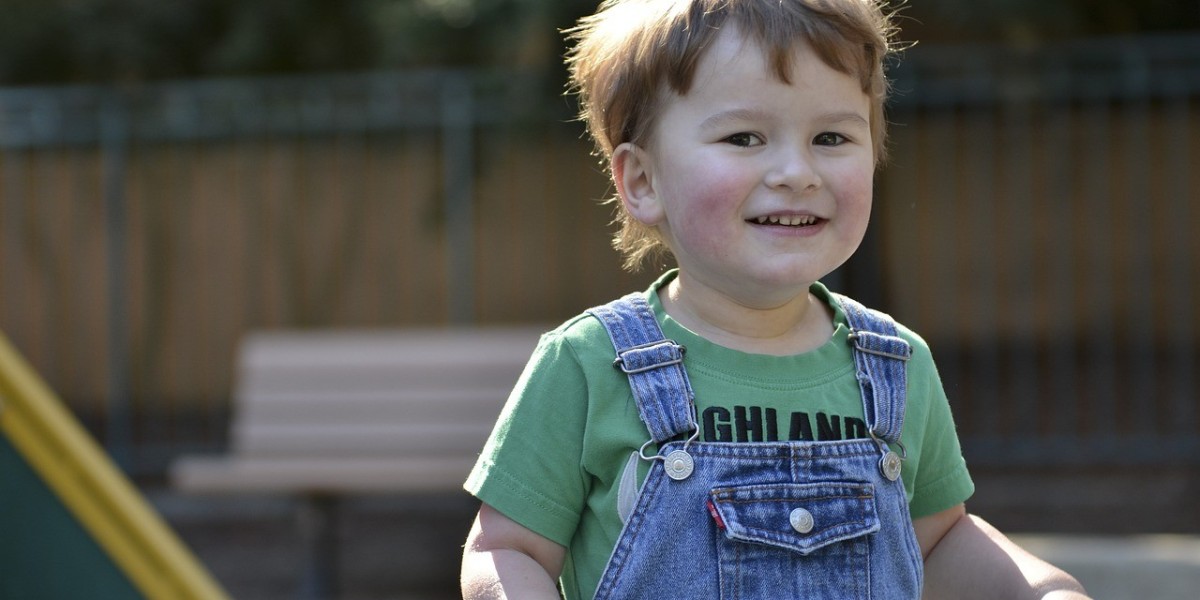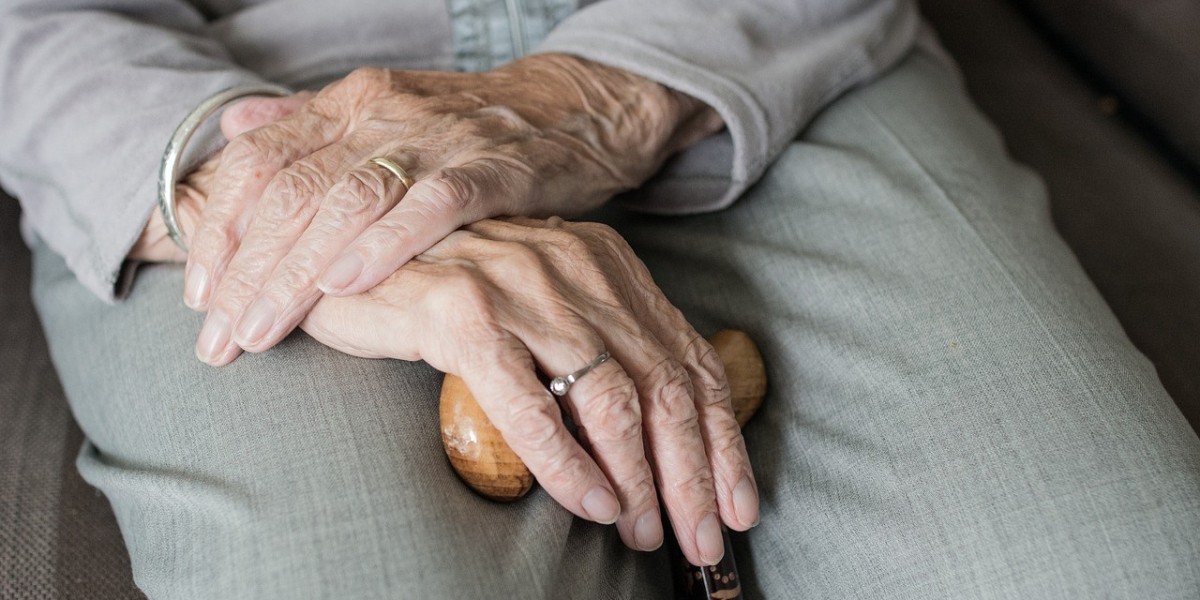Autism and ADHD are both well-known neurodevelopmental conditions — but what happens when someone is diagnosed with both?
This combination, sometimes referred to as AuDHD, is more common than people realise. Yet, it often goes unrecognised or misunderstood. Whether you’re a parent, carer, or family member of someone recently diagnosed with both autism and ADHD, understanding how these conditions interact is key to offering the right support.
Here are five important things to know when someone you love has AuDHD.
1. Autism and ADHD Can Overlap – But They Are Not the Same
Autism and ADHD are separate conditions, but they share some overlapping traits, such as difficulties with attention, social interaction, and sensory processing.
Autism is primarily defined by challenges with communication, social understanding, and preference for routines.
ADHD is marked by difficulties with focus, impulsivity, hyperactivity, and executive functioning.
When these conditions occur together, they can amplify or mask certain traits. For example, someone with autism might appear “less autistic” if their ADHD makes them more socially active — but that doesn’t mean the underlying autism isn’t there.
Understanding the unique profile of AuDHD helps avoid mislabeling behaviours or overlooking support needs.
2. People with AuDHD Often Experience ‘Double the Struggle’ with Daily Life
Having both autism and ADHD can intensify the challenges someone experiences. Executive dysfunction (like managing time, organising tasks, or switching between activities) is common in both conditions.
This might look like:
· Forgetting tasks or struggling to get started
· Extreme difficulty transitioning between activities
· Feeling overwhelmed in noisy, busy environments
· Needing routines — but struggling to follow them
Your child might need extra support in school, home life, and social situations. Their brain may be processing the world in multiple ways at once — and it can be exhausting.
Recognising this overlap allows for more compassionate and flexible approaches to care and education.
3. Meltdowns and Burnout Can Be More Frequent and Intense
Children and young people with AuDHD may experience meltdowns more often than those with just one diagnosis. This is because their brains are working overtime to navigate complex environments — often without the tools or energy to manage incoming information.
What might trigger a meltdown:
· A sudden change in routine
· Sensory overload
· Frustration over a task they can’t complete
· Feeling misunderstood or judged
Burnout can also happen when they "mask" or suppress their true feelings and behaviours to fit in socially or at school. As carers, it’s important to notice early signs of distress and allow space for recovery, rest, and gentle support.
4. Social Challenges Can Be Confusing and Emotionally Difficult
Someone with AuDHD might desperately want to connect with others but struggle to do so. ADHD can make them more impulsive or talkative, while autism can make social cues hard to interpret. This mix can result in:
· Friendships that feel one-sided or short-lived
· Social anxiety or feeling like they don’t “fit in”
· Emotional dysregulation when things go wrong socially
Offering empathy, coaching, and safe social opportunities is key. Peer support groups, therapy, and schools that understand neurodivergence can make a big difference.
5. AuDHD Is Still Misunderstood – But Support Is Growing
Despite how common it is, AuDHD is still underdiagnosed — especially in girls, women, and those assigned female at birth, where traits may be more internalised or masked.
This can lead to years of missed support and feelings of shame, confusion, or frustration.
But awareness is growing. With the right diagnosis and care plan, children and young people with AuDHD can thrive. They often show incredible creativity, resilience, and insight — but they need people around them who recognise their strengths as well as their challenges.
You’re Not Alone – Join the We Talk Care Community
Supporting a young person with both autism and ADHD can be overwhelming, rewarding, confusing, and beautiful — all at once. And while no two journeys are the same, you’re not in this on your own.
At We Talk Care, we bring together parents, carers, and families walking similar paths. Here, you can share stories, ask questions, and feel supported every step of the way.
Join the We Talk Care community today and connect with others who truly understand.







